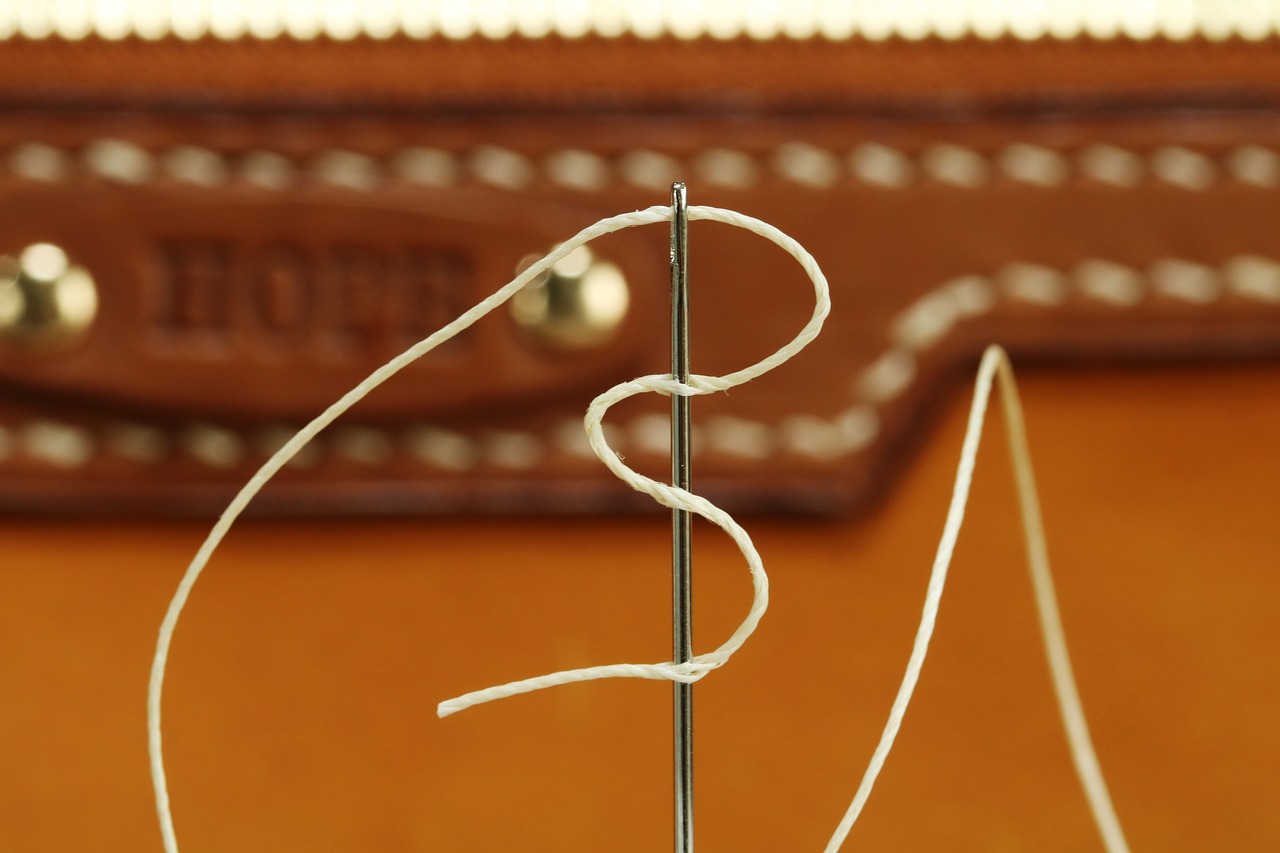The Sustainable Transformation of the Leather Sector: Environmentally Conscious Methods in the Spotlight
The leather sector is at a crucial juncture. With increasing environmental consciousness in society, the demand for sustainable practices in leather manufacturing is more pronounced than ever. Shoppers are seeking green alternatives, and brands are starting to take notice.
The Increasing Interest in Eco-Friendly Resources
An increasing number of individuals are on the lookout for items that are gentle on the Earth. This rising interest in ecofriendly resources is influencing market dynamics. Shoppers are actively searching for substitutes to conventional leather, which frequently carries a substantial ecological impact.
The Ecological Consequences of Classic Leather Tanning
Traditional methods of leather tanning can inflict considerable damage on the environment. These processes frequently utilize harmful chemicals, require excessive water, and generate substantial waste. For example, producing just one pair of leather shoes can demand thousands of gallons of water. Such a high degree of resource use is untenable.
The Leather Sector’s Reaction to Consumer and Regulatory Demands
As awareness grows, brands are sensing the pressure. Regulatory agencies are enforcing tougher guidelines on environmental standards. Consequently, businesses are implementing fresh approaches to align with consumer expectations while simultaneously adhering to regulations..
Sustainable Leather Substitutes: Investigating the Choices
The sector is presently concentrating on eco-friendly substitutes for leather. Below are several of the encouraging materials:
Exploring Plant-Based Leathers: A Comprehensive Examination of Mycoprotein and Piñatex Mycoprotein, sourced from mushrooms, and Piñatex, crafted from pineapple strands, represent cutting-edge alternatives to traditional leather. These materials offer a supple texture and can be created without the ecological harm linked to conventional leather.
Cultivated Leather: Innovations in Technology and Market Opportunities
Cultivated leather is attracting interest for its ability to lower environmental impact. This method can create leather-like substances using animal cells, needing less land and water resources. This novel technique may also minimize waste as it is manufactured on demand..
Repurposed Leather: Breathing Life into Byproducts
Repurposed leather provides an avenue for reutilizing surplus materials. By fusing remnants and cuttings from conventional leather manufacturing, brands can produce fresh leather products. This technique not only reduces waste but also diminishes the demand for fresh resources.
Advancements in Classic Leather Tanning: Reducing Environmental Impact Businesses are making progress in enhancing their leather tanning processes. These techniques are designed to decrease the environmental footprint.
Minimizing Water Use and Wastewater Contamination
Groundbreaking leather treatment methods now utilize reduced amounts of water. By implementing closed-loop systems, producers are reusing water, minimizing total usage. This approach aids in stopping detrimental substances from entering aquatic ecosystems.
Adopting Eco-Friendly Chemical Methods and Diminishing Toxic Waste Numerous labels have transitioned to safe tanning substances that reduce ecological impact. This greener method leads to decreased hazardous waste and a more secure workplace for staff.
The Importance of Traceability and Openness in Responsible Procurement
As shoppers become more curious about the origin of products, traceability becomes essential. Companies are now sharing details regarding the sourcing and manufacturing methods. This openness fosters confidence and promotes conscientious buying.
Circular Economy Models in the Leather Sector
The concept of a circular economy is increasingly recognized as a crucial element of sustainable practices in leather. Here’s how businesses are evolving:
Leather Waste Repurposing and Recycling Programs Numerous brands are now concentrating on the repurposing and recycling of leather waste. This approach converts unused materials into innovative products, diminishing the demand for new resources.
Collaborative Alliances Throughout the Supply Chain
Collaboration among businesses, suppliers, and consumers is vital. By uniting efforts, participants can establish more efficient sustainable practices across the entire supply chain.
Prolonging the Duration of Leather Goods through Mending and Restoration
Repairing and restoring leather items extends their lifespan. This practice not only conserves resources but also delivers greater value to consumers. Many brands provide services designed to ensure leather products remain in circulation for an extended period.
Consumer Awareness and Responsible Consumption
As shoppers gain more knowledge, their decisions can catalyze transformation within the industry.
The Influence of Conscious Decisions: Informing Consumers About Eco-Friendly Leather
Knowledge is crucial. When buyers grasp the advantages of eco-friendly leather, they are more inclined to support sustainable brands. This transition can steer the whole market toward greener practices.
Backing Brands Devoted to Sustainable Methods
Opting to purchase from companies that emphasize sustainability creates an impact. It motivates other enterprises to adopt similar eco-conscious actions.
The Importance of Certifications and Labels in Navigating Ethical Purchases
Seek out certifications that signify sustainable methods. Labels that showcase environmentally-friendly production processes can assist consumers in making educated purchases.
The Prospects of Sustainable Leather: Hurdles and Possibilities
Despite significant advancements, obstacles still exist.
Expanding Sustainable Methods Throughout the Industry
Implementing eco-friendly practices in the expansive leather sector is challenging. Incremental changes may not suffice to satisfy global demands.
Tackling the Price Challenge of Sustainable Leather
Eco-friendly materials frequently come with a higher cost. Reducing production expenses will be vital for broad acceptance.
The Promise of Government Intervention and Incentives Government engagement can spur transformation in the leather sector. Initiatives that promote sustainable approaches might help dismantle current obstacles. Conclusion: A Brighter Horizon for Responsibly Sourced Leather The leather sector is at a pivotal moment. Adopting sustainability paves a path ahead for brands, consumers, and the environment. Key Insights: Practical Steps for Consumers and the Industry •
Look for eco-friendly leather products. • Back companies dedicated to sustainable practices. • Gain knowledge about the significance of ethical leather sourcing. The Enduring Advantages of Sustainable Leather Manufacturing Ecoconscious leather minimizes ecological harm and fosters a healthier earth. Ultimately, these actions can cultivate a flourishing industry that aligns with consumer ideals. Call to Action: Adopt a More Sustainable Method to Leather Use It’s time to reassess leather use. Collectively, we can champion a future that prioritizes sustainability, ensuring that the leather sector flourishes responsibly.




